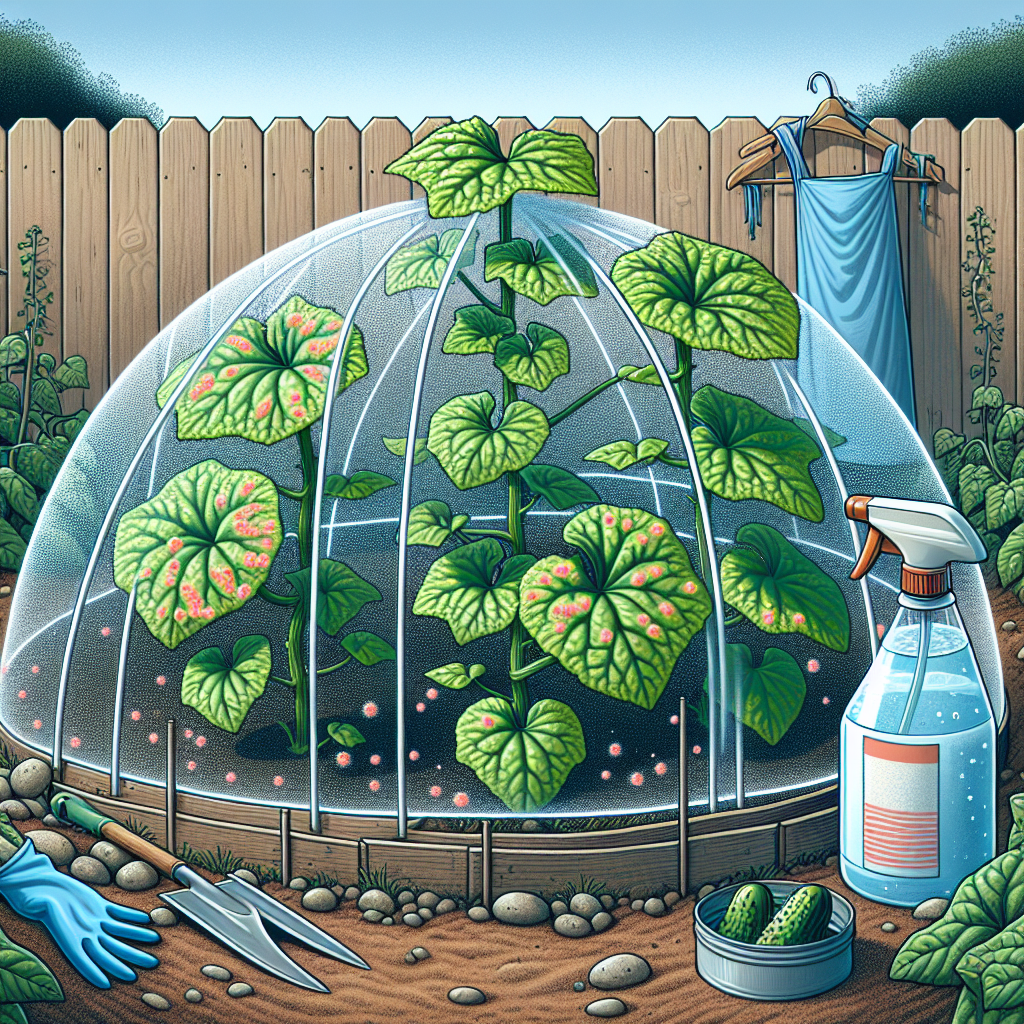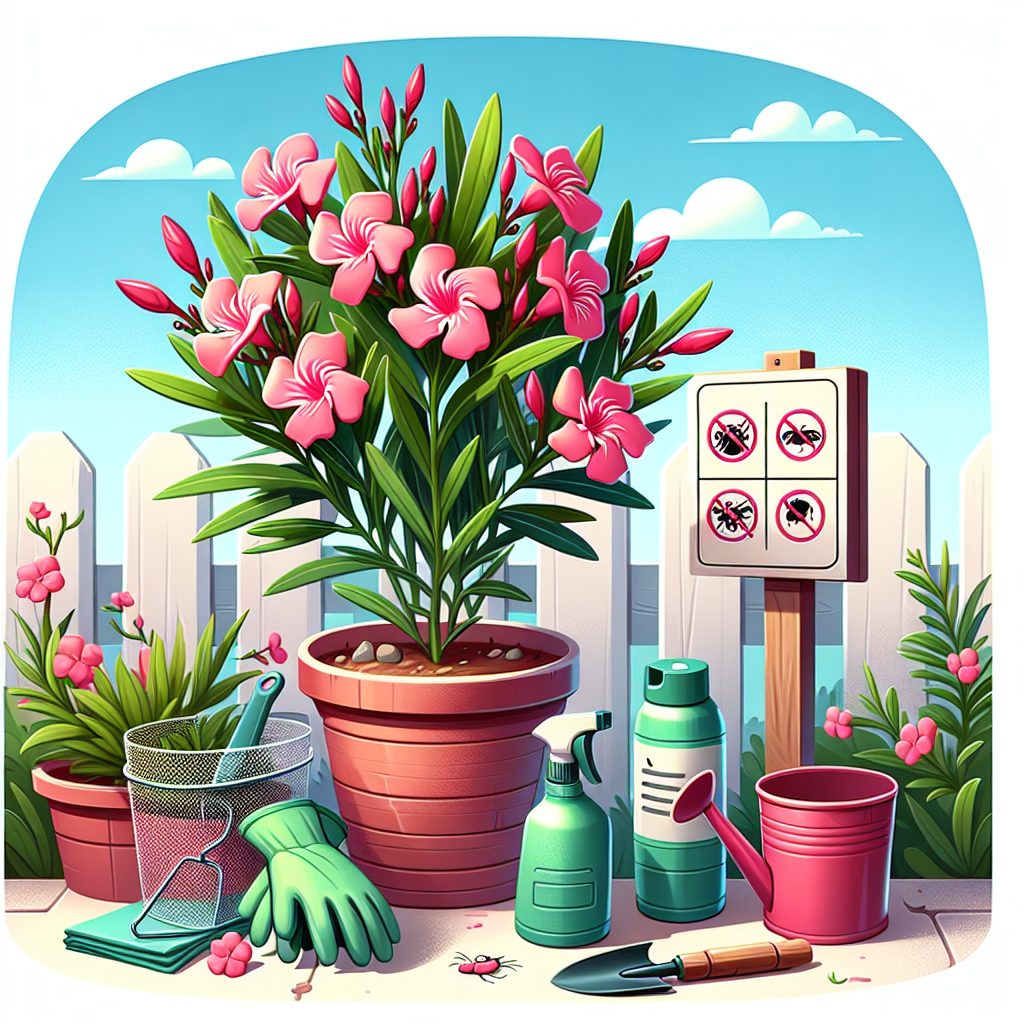Dahlias for Outdoor Splendor: A Comprehensive Growing Guide
Updated June 18, 2024 at 2:59 am

Overview of Growing Dahlias
- Pet Friendly
Dahlias are unfortunately toxic to pets, so it’s important to keep them out of reach if you have curious furry friends at home.
- Light Requirements
These vivacious blooms require full sun to thrive, so plan on planting them in a spot that receives at least 6 to 8 hours of sunlight daily.
- Watering
Water dahlias deeply at their base to keep moisture off the foliage and petals and to encourage deep root development. Regular watering is key, especially in dry periods, but be careful to avoid overwatering.
- Humidity
Dahlias don’t require high humidity and generally prefer the drier conditions found in outdoor gardens.
- Temperature
A moderate range of 60-70°F (15-21°C) is optimal. Protect them from extreme cold and frost, which can kill the tubers.
- Difficulty
Growing dahlias can be a fulfilling challenge for gardeners. They’re not the easiest flower to grow, but with attention to their needs, they reward gardeners generously.
Choosing the Right Dahlia Varieties
Dahlias are celebrated for their diversity, with sizes ranging from petite pompons to dinner plate dahlias that can span over 10 inches across! To start off on the right foot, you might want to consider the beautiful ‘Café au Lait’ dahlia, known for its creamy, blush-toned petals and generous blooms. They’ve become a real showstopper in gardens and a favorite among florists for their neutral tone that pairs well with different color palettes.
Find This and More on Amazon
Essential Tools for Cultivating Dahlias
To nurture dahlias effectively, it’s important to have the right tools at your disposal. This includes a sturdy spade or shovel for planting, a gardening fork for lifting and dividing tubers, and secateurs for pruning and deadheading. The Fiskars Steel Bypass Pruning Shears are a popular choice among gardeners, known for their durability, precision, and ease of use—ideal for cutting back spent dahlia stems and encouraging further blooming.
Find This and More on Amazon
Planting Your Dahlia Tubers
The best time to plant dahlia tubers is in the spring after any danger of frost has passed. Find an area in your garden that has good drainage and rich, yet well-draining soil. Mix in organic compost to nourish the soil before planting. Plant tubers about 4 to 6 inches deep with the eye (where the new growth emerges) facing up, and space them about 18 to 24 inches apart to give each plant ample room to grow.
Battling Pests and Diseases
Dahlias can attract certain pests like slugs and aphids, as well as diseases such as powdery mildew and botrytis. For pests, neem oil or insecticidal soaps can be effective organic solutions. The Monterey LG6135 Garden Insect Spray has received positive reviews for its ability to tackle a wide range of pests without harming beneficial insects when used as directed. As for diseases, maintain air circulation around your dahlias and prune any affected areas promptly to prevent further spread.
Find This and More on Amazon
Proper Dahlia Care Through the Seasons
Dahlias require different care as the seasons change. In spring and summer, they’ll need consistent watering and a blanket of mulch to retain moisture. As fall approaches, before the first frost, you will need to cut back the stems and dig up the tubers for storage over the winter. Store them in a cool, frost-free location in slightly damp peat moss or sand. Come spring, divide the tubers if necessary, making sure each division has at least one eye, and start the process anew.
Understanding Common Dahlia Problems
If you notice the leaves of your dahlias turning brown, it could indicate a watering issue. Ensure your dahlias have adequate water, especially during hot spells, but also allow soil to dry out slightly between waterings. Dahlia tubers can also rot if waterlogged, so good drainage is key. For problems like stunted growth or yellowing leaves, the soil may lack essential nutrients. A balanced, slow-release fertilizer can help address these nutrient deficiencies.
Maximizing Dahlia Blooms
For those looking to maximize their dahlia blooms, deadheading is essential. This involves removing spent flowers to encourage the plant to focus energy on producing new blooms. Also, consider using low-nitrogen, high-potassium fertilizers to promote flowering rather than excessive leafy growth. Potash can be particularly effective in promoting vibrant, healthy blooms. Remember to stake taller varieties early in the season to support their growth and prevent damage from wind or heavy rains.
Navigating Dahlia Varietal Differences
It’s important to know that not all dahlias are created equal—different varieties can have different care needs. For instance, dwarf or bedding dahlias may be more drought tolerant and low maintenance than their larger counterparts. On the other hand, tall, cactus, or dinner plate dahlias will need more support and may be more susceptible to wind damage. Understanding the specific needs of your chosen variety will contribute to their success and your enjoyment.
Preparing Dahlias for Winter
In most climates, dahlias will not survive a freezing winter if left in the ground. After the first frost, trim the plants back to about 2-3 inches above the soil line. Carefully dig up the tubers, avoiding any damage, and let them dry for a few days in a frost-free, sheltered area. Pack them in boxes with dry peat moss or vermiculite, then store them in a cool, dark place where temperatures remain just above freezing. Check periodically throughout the winter to ensure they do not dry out completely or start to rot.
Fostering a Thriving Dahlia Garden
Creating a thriving dahlia garden is all about attention to detail. Keep a close eye on weather trends, water gently and deeply, and protect your dahlias from pests and diseases. Additionally, engaging with a community of dahlia enthusiasts can provide invaluable tips and support. Many gardeners find local gardening clubs or online forums helpful for sharing success stories, troubleshooting problems, and even swapping tubers of different varieties.uition in plant care will guide you toward a flourishing dahlia display that will turn heads and inspire awe in all who see it.
Overcoming Challenges with Soil and Root Care
While dahlias are relatively robust, they do require proper soil conditions to flourish. Ideally, dahlias prefer rich, well-draining soil with a slightly acidic to neutral pH. To achieve this, you might want to incorporate organic matter such as well-rotted manure or compost into your garden bed. This will not only improve soil structure but also provide nutrients essential for dahlia growth.
One of the key challenges you might face is ensuring that the tubers don’t rot. This can happen if the soil is too wet or heavy. If you’re planting in a region with clay soil, consider using raised beds filled with a mix of garden soil and compost to improve drainage. Also, adding perlite or sand can help prevent water from accumulating around tuber roots, which can lead to rot.
If you encounter root-bound plants, it’s crucial to give them enough space to grow. This might involve dividing the tubers before planting. If you’re not sure how to do this, don’t worry; there are countless resources and video tutorials online that can guide you through the process step by step.
Feeding Your Dahlias for Optimum Growth
Just like us, dahlias need the right diet to grow strong and healthy. A balanced 5-10-10 or 10-20-20 fertilizer applied at planting and then again around midseason when the plants start to bloom will provide the nutrients needed for sustainable growth. Be cautious with high-nitrogen fertilizers, though; they can promote lush foliage at the expense of flowers.
In search of a dependable product? Espoma’s Garden-Tone is a favorite among gardeners for promoting healthy dahlia plants. It’s an organic and all-natural plant food that’s rich in natural organics and provides a slow, steady release of nutrients. Users have noted that it promotes not only vibrant blooms but also robust plant growth. Plus, it’s easy to apply and safe for both people and pets—although, remember to keep dahlias away from your furry friends due to their toxicity.
Find This and More on Amazon
Supporting Tall Dahlia Stalks
If you’re growing some of the taller dahlia varieties, you’ll know they can reach impressive heights—sometimes well over 5 feet tall! These stately beauties need a bit of extra support to prevent them from toppling over, especially when they’re loaded with large, heavy blooms. Using garden stakes or tomato cages to provide stability is a smart move. Insert supports early in the season to avoid damaging roots and gently tie stems to the support as they grow.
For sturdy and reusable options, consider using the Gardener’s Blue Ribbon Sturdy Stakes. These steel core stakes are coated with plastic for durability and have a rough surface to help keep plant ties in place. Gardeners appreciate their strength and versatility for supporting a variety of plants, including dahlias. With these, you can ensure that your dahlia’s stems stand tall and don’t suffer from the harsh elements or their own success.
Harvesting and Enjoying Dahlia Blooms
As your dahlias begin to bloom, you’re rewarded with the fruits of your labor. But did you know that cutting dahlia flowers for bouquets can actually promote more blooms? Cut the flowers in the morning when they are the freshest, and be sure to leave a few sets of leaves on the stems below the cut to encourage new growth.
For a quality snip, the Gonicc 8″ Professional Premium Titanium Bypass Pruning Shears have received acclaim from gardeners for their sharpness and comfort. They make clean cuts with little effort, which is essential for keeping your dahlias looking their best whether in the garden or the vase.
When arranging your cut dahlias, consider using a floral preservative in the water. This can prolong the vase life of your blooms, giving you more time to enjoy their beauty indoors.
Joining the Dahlia Community: Clubs and Shows
If you find yourself falling in love with the world of dahlias, you’re not alone. Many passionate gardeners join dahlia societies or attend shows to immerse themselves further into the hobby. These communities are wonderful places to learn advanced techniques, discover new varieties, and meet fellow enthusiasts.
Dahlia shows can be a thrilling experience as you witness some of the finest blooms on display. You might even decide to enter your own dahlias in competitions! Clubs often run tuber sales and swaps, which are great opportunities to expand your collection or share your own tubers with others.
Capturing Dahlia Beauty: Photography Tips
One of the joys of growing dahlias is being able to capture their splendor through photography. To showcase your dahlias in the best light, photograph them during the “golden hour”—just after sunrise or before sunset—when the light is warm and diffused. This allows for a beautiful glow that can really make the colors of your dahlia pop!
Don’t forget to experiment with angles and compositions. A macro lens can reveal stunning details not visible to the naked eye, while a wide-angle lens might capture the grandeur of an entire dahlia garden. And remember, patience is key; wait for the wind to calm down to get that perfect, steady shot.
Reflecting on the Joy of Dahlias
At the end of the day, growing dahlias is about more than just the blooms—it’s about the satisfaction of nurturing something beautiful, the challenges overcome, and the joys of gardening shared with friends and community. Whether you’re a seasoned gardener or just starting out, dahlias offer a canvas for creativity, a reason for scientific inquiry, and numerous moments of awe.
As you continue your gardening journey, let your intuition in plant care guide you toward a flourishing dahlia display that will turn heads and inspire awe in all who see it.
Enriching Your Garden’s Ecosystem with Dahlias
Besides their visual appeal, dahlias play a significant role in your garden’s ecosystem. They attract a wide variety of pollinators, including bees, butterflies, and hummingbirds, contributing to the health of your garden. Planting flowers in diverse colors, shapes, and sizes can help encourage a rich mix of these beneficial visitors.
To make your garden even more inviting to pollinators, you could place a Bee Watering Station nearby. This simple yet effective product provides a safe place for bees to hydrate without drowning. Many are appreciative of how these stations not only support the local bee population but also bring life and movement into the garden. Plus, it’s a delightful educational tool for kids and adults alike to understand the importance of pollinators.
Find This and More on Amazon
Dahlia Propagation Tips
For those looking to expand their dahlia collection, propagation from cuttings can be a fast and satisfying method. Select a healthy stem, cut just below the node, and plant it in a mixture of peat moss and perlite. Keep it moist and in indirect light until roots develop. You can also divide tubers in the spring, making sure each piece has at least one “eye” or growth point.
When taking cuttings, cleanliness is crucial. The Slice Precision Cutter is something users have found particularly handy for taking cuttings and other delicate garden tasks. Its ceramic blade resists rust and won’t stick to plant sap. Reviewers comment on its accuracy and ease in making clean, precise cuts, which is important to prevent infection and ensure successful propagation.
Find This and More on Amazon
Incorporating Dahlias into Landscape Design
When planning your garden, consider how dahlias can enhance the design. Their range in height and color make them versatile for borders, backdrops, and focal points. You could plant a row of tall dahlias behind a bed of shorter plants for a stunning tiered effect, or use dwarf varieties to edge walkways with a pop of color.
No matter what design you choose, mapping out your garden with products like the Luster Leaf Rapitest Soil Tester can be a smart move. It allows you to check pH, moisture, and light availability, giving you the best chance to place dahlias where they’re most likely to succeed. Those who’ve used it often speak of how it helps to tailor their planting and cultivation strategies for maximum impact and health of the plants.
Find This and More on Amazon
Reaping the Rewards: Dahlia Competitions and Social Media
If you’ve got competitive spirit, consider entering your dahlias in local or national competitions. These events can be a fantastic way to learn from master growers and come away with a few ribbons to boot. Additionally, sharing your dahlias on social media can connect you with a global community of enthusiasts. Instagram, for example, has become a popular platform for gardeners to showcase their blooms and exchange tips.
When capturing your dahlias for online posts, consider enhancing your photos with a gadget like the Xenvo Pro Lens Kit for iPhone and Android. This lens kit includes a Macro and Wide Angle lens that clips onto your phone, enabling you to capture stunning detail or get that perfect, full-bed garden shot. Users rave about the difference in quality, saying it elevates their plant photos from nice to professional-looking with minimal effort.
Find This and More on Amazon
The Therapeutic Value of Gardening with Dahlias
Apart from the beauty and fascination dahlias bring, gardening with them can have therapeutic benefits. Engaging hands-on with the soil and your plants can be a great stress reliever. The act of nurturing and witnessing growth can also be deeply rewarding and act as a mindfulness practice.
Maybe you’d like to journal about your gardening experiences? A waterproof and durable option like the Rite in the Rain All-Weather Top-Spiral Notebook is perfectly suited for the gardener on the go. Users love that they don’t have to worry about dew, irrigation splashes, or a sudden rain shower when jotting down notes in their garden. It’s a tool that not only holds up in all weather conditions but also becomes a cherished log of progress and moments spent with your dahlias.
Find This and More on Amazon
Embracing the Everlasting: Creating Dahlia Art
For those who love to capture the transient beauty of flowers, creating art with dahlias is a rewarding endeavor. Pressing their vibrant petals can lead to beautiful crafts like bookmarks or framed art. You might also consider photographing your dahlias in different stages of bloom to create a stunning time-lapse video. This engages both your creative side and your green thumb.
Art lovers and dahlia growers alike have found the Microfleur 9″ Max Microwave Flower Press to be an innovative tool for drying flowers quickly. Reviewers tout the convenience of being able to press and preserve blooms in a matter of minutes, which then allows for a variety of artistic pursuits with their dahlias.
Find This and More on Amazon
Conclusion
Growing dahlias is a journey that offers both beauty and challenge, a process that is as rewarding as it is educational. Beyond the stunning blooms, these plants offer a way to contribute to your garden’s ecosystem, opportunities for artistic expression, and a path to community and wellbeing. With the right care, tools, and a bit of gardener’s intuition, dahlias can transform an outdoor space into a place of splendor. Remember that the journey doesn’t end with the first bloom; it’s an ongoing adventure that continues with every season, each bringing its own lessons and joys. May your dahlias thrive and your gardening experiences be rich and fulfilling.
Shop more on Amazon

